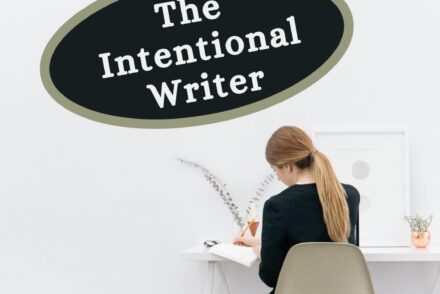
Writers Chat
Writers Chat Recap for January
Writers Chat, hosted by Johnnie Alexander, Brandy Brow, and Melissa Stroh, is the show where we talk about all…
January 31, 2025
Writers Chat, hosted by Johnnie Alexander, Brandy Brow, and Melissa Stroh, is the show where we talk about all…
January 31, 2025
Did you know you had a personal brand? It’s not just for writers or entertainers or politicians. Every person…
December 23, 2023
If you hope to pitch a book to a publisher, especially a non-fiction book, you will need to write…
November 24, 2023
When I sat down to write my first mystery, I knew I needed a guide. I’d written a few…
July 24, 2023
We writers are good with words, but we may not be so good with images. For those of us…
May 24, 2023
Writers Chat, hosted by Jean Wise, Johnnie Alexander, and Brandy Brow, is the show where we talk about all…
January 18, 2023
Crashing waves. Wild winds. Scratchy sand between my toes. I loved those summer days when someone’s mom would offer…
June 11, 2022